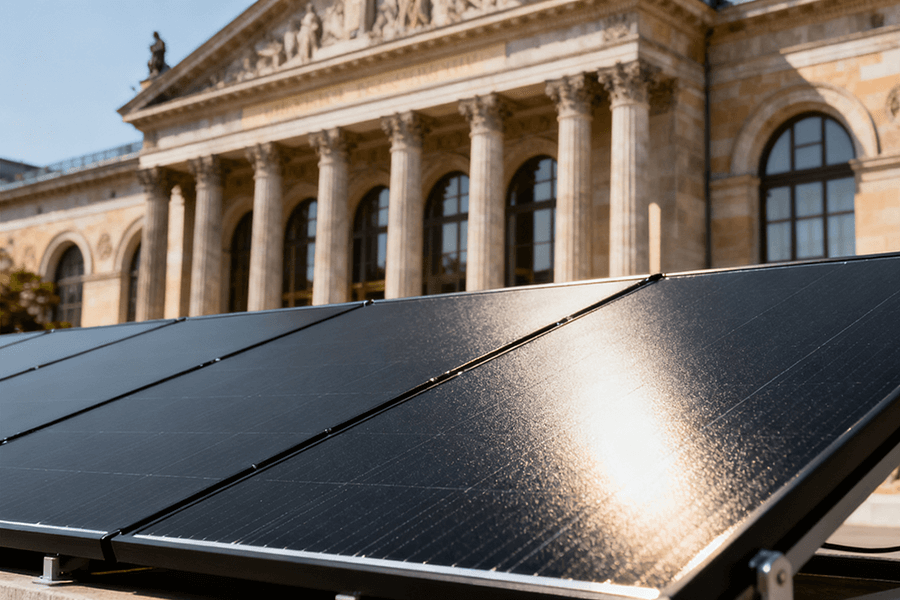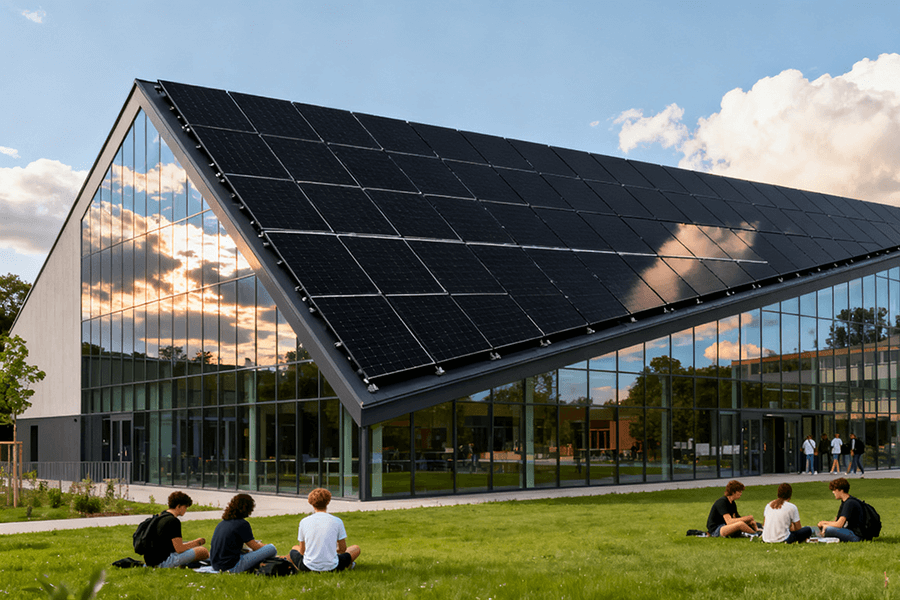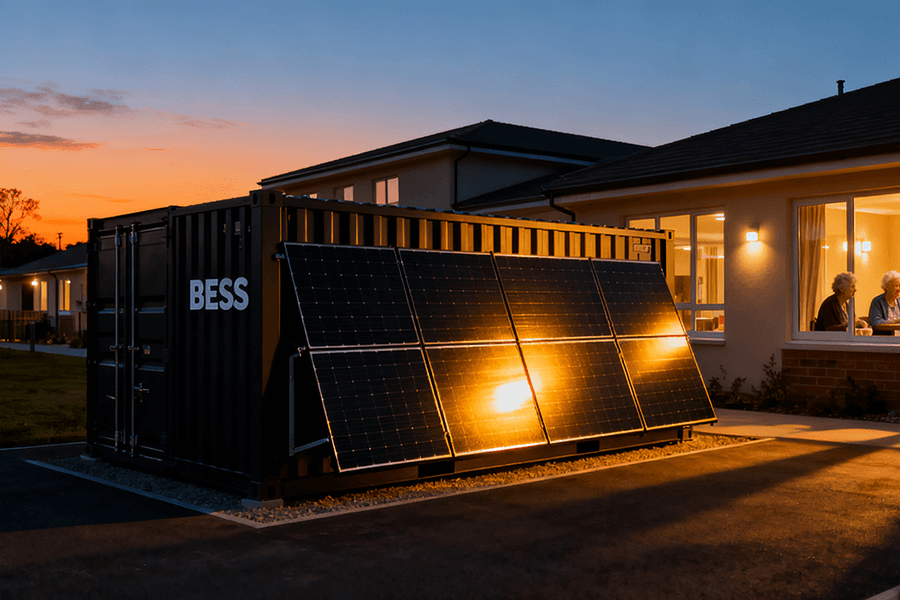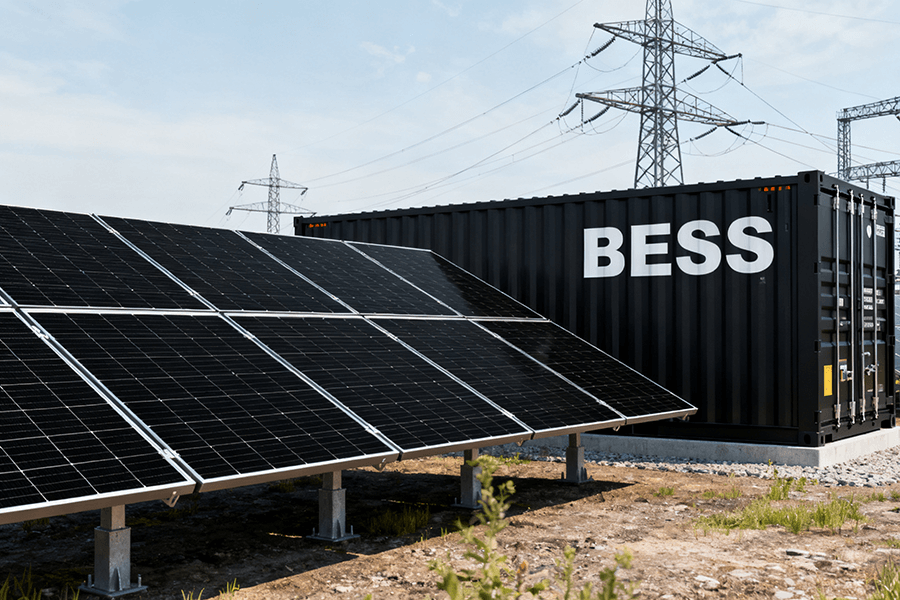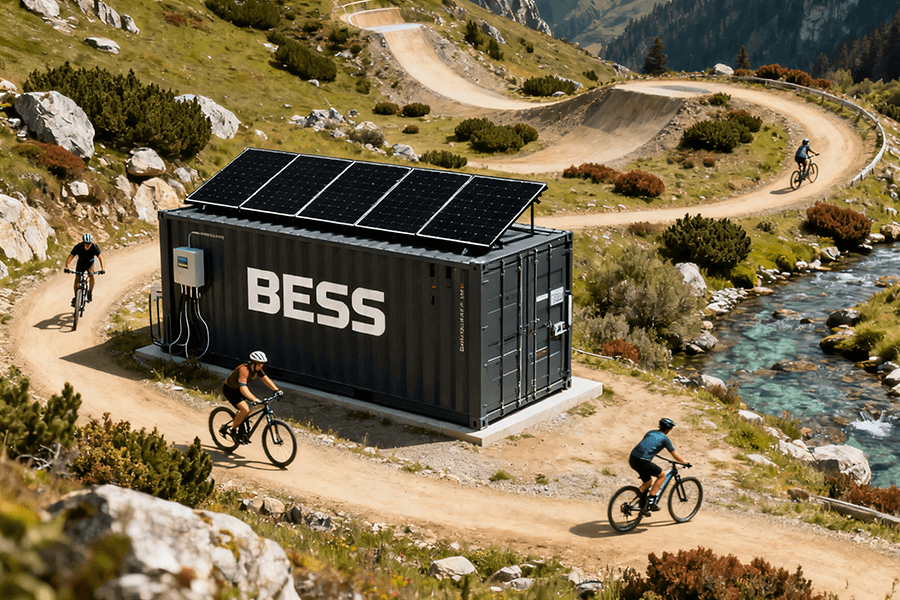Introduction of Home Solar Systems Residential
In the realm of renewable energy, residential home solar systems have gained immense popularity as an eco-friendly and cost-effective solution for homeowners seeking to reduce their carbon footprint and lower electricity bills. These systems come in various sizes and configurations, but a common question that often arises is: What is the typical power rating of a home solar system, and why does it vary? In this article, we will delve into the conventional power ratings of residential home solar systems and explore the factors that influence these ratings.
Typical Power Ratings of Home Solar Systems Residential
The power rating of a residential home solar system, often measured in kilowatts (kW) or kilowatt-hours (kWh), can vary widely based on several factors. However, a typical range for these systems falls between 3 kW and 10 kW. Let’s delve into the reasons behind this variation.
Energy Consumption of Home Solar Systems Residential:
Location and Climate: The amount of sunlight a region receives significantly influences the power rating of a home solar system. Sunnier locations, like the southwestern United States, can support larger systems due to their ample sunshine. In contrast, areas with more cloud cover or shorter daylight hours may require smaller systems to meet the same energy needs.
Household Energy Usage: The size and energy efficiency of a home, as well as the daily energy consumption habits of its residents, play a crucial role in determining the power rating of a solar system. Homes with higher energy demands will typically require larger systems to cover their electricity needs.
Roof Space and Orientation:
Available Roof Space: The physical space available for solar panel installation on a homeowner’s roof directly impacts the system’s power rating. Larger roof areas can accommodate more solar panels, allowing for higher power output.
Roof Orientation and Tilt: The orientation and tilt of a roof can affect the efficiency of solar panels. Roofs with ideal south-facing orientations and optimal tilt angles can maximize energy generation, potentially allowing for smaller, high-efficiency systems.
Budget and Financing:
Financial Considerations: The budget and financial preferences of homeowners are critical factors. While larger systems can generate more electricity, they also come with a higher upfront cost. Homeowners may opt for smaller systems that align with their budget constraints.
Incentives and Regulations:
Government Incentives: Many governments offer financial incentives, tax credits, and rebates to promote the adoption of residential home solar systems. These incentives can influence the choice of system size by making larger systems more financially attractive.
Local Regulations: Local regulations and utility policies may impose restrictions or offer incentives based on system size. Homeowners must navigate these factors when determining the appropriate system size for their homes.
Energy Goals:
Environmental Goals: Some homeowners prioritize reducing their environmental impact and aim to generate as much renewable energy as possible. These individuals may opt for larger, more powerful solar systems to achieve their sustainability goals.
Conclusion
Residential home solar systems, under the overarching category of “home solar systems residential,” come in a range of power ratings, typically spanning from 3 kW to 10 kW. The specific power rating of a system is influenced by a combination of factors, including location, energy consumption, available roof space, financial considerations, incentives, regulations, and individual energy goals.
As technology advances and the cost of solar panels continues to decrease, the range of available power ratings for residential home solar systems may expand, allowing homeowners to choose systems that best meet their unique needs and preferences. Regardless of the size, each solar system contributes to a more sustainable and environmentally friendly future by harnessing the power of the sun to generate clean, renewable energy for residential use.
If you want to customize your own photovoltaic solution today, please contact us.

